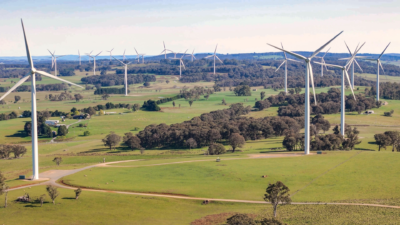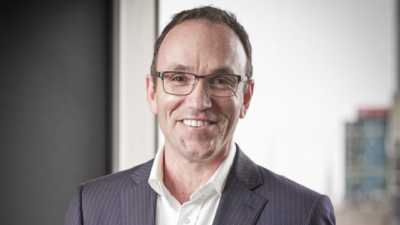Sifting through an uncertain future
(Pictured: Graham Rich)
America will either get us out of our malaise or not. China will either drag us back into problem territory or not. The yield play of the past six years may be over or not. It was difficult to get a handle on market trends at last week’s Portfolio Construction Summit.
The toughest job at the summit, to defend the role of bonds in current asset allocation, was ably handed by PIMCO’s acting chief executive in Australia, portfolio manager Rob Mead. He argued that, with a yield of about 2 per cent, bonds represented cheap insurance against the next big catastrophe.
Last year was a bad year for bonds. They returned, however, 2-2.25 per cent, which basically preserved real wealth. There was a massive opportunity cost, of course, but Mead argued that that was 2007-style thinking.
“Building any portfolio you have to focus on your highest conviction ideas but you also have to beware of eliminating the drivers which will protect the portfolio. You have to consider the alternative scenarios in addition to, not instead of, the trends.”
He said that the tapering of Quantitative Easing, which was the theme of the conference, should be seen in the context of a stronger US.
“It’s positive for equities and challenging for fixed income,” Mead said. “But there are opportunities in fixed income… You should be unconstrained.”
The biggest risk for the market was an unexpected bout of inflation and a more challenging cost environment for companies. This could be triggered by another commodities spike, for instance.
The summit was rapid-paced, with 18 speakers allowed just 20 minutes each during the day to state their views on the likely scenario going forward. Graham Rich, the director and publisher of Portfolio Construction Forum, questioned whether there would be a ‘great escape’ from Quantitative Easing. The consensus seemed to be that this year was going to be more difficult than last. But that’s about all the speakers agreed on.
The two big wild cards are America and China. The audience was reminded, too, that even if you had a strong view on economic growth in the first and second-largest economies, this does not necessarily mean markets will be positive.
Nick Bullman, the founder of CheckRisk, a UK-based risk consulting firm, said the perception of risk at the moment was very low. It should be a lot higher. “Investors have abrogated their responsibility to the central banks,” he said.
Bullman, who always tries to point out opportunities when he analyses risks, said that what happens to US interest rates would dictate what happened on a global basis.
“QE has pushed up financial asset prices but done nothing for the velocity of money,” Bullman said. “So, for me, QE hasn’t worked. Total debt has not declined. Government debt has increased and household debt has gone down… Investors are overpaying for liquidity and yield.”
He said that CheckRisk advised on about US$56 billion of risk assets (for pension funds and other investors) and they had an average level of cash of about 2 per cent. This was “way too low”. It should be 8-10 per cent.










